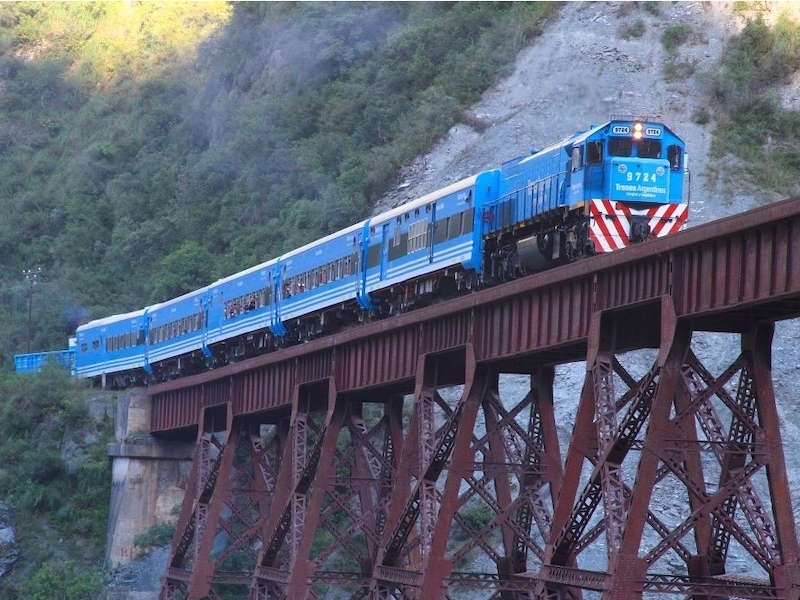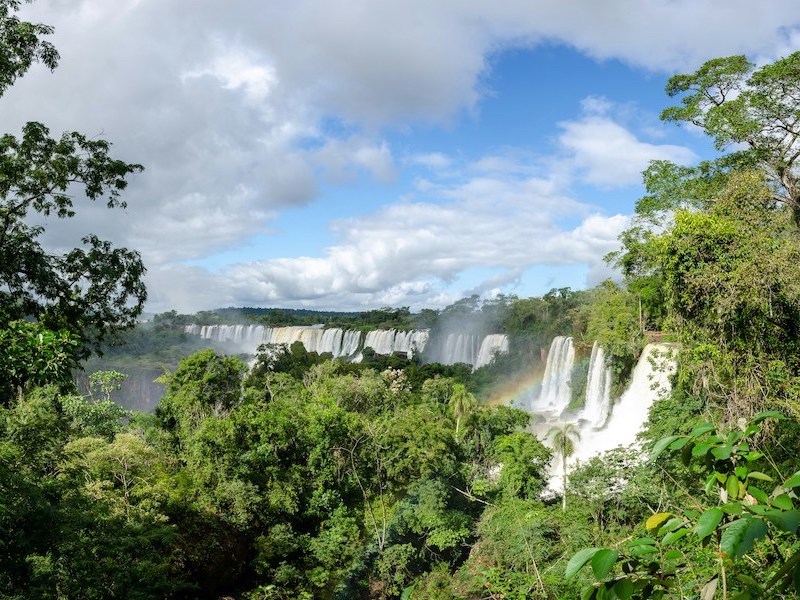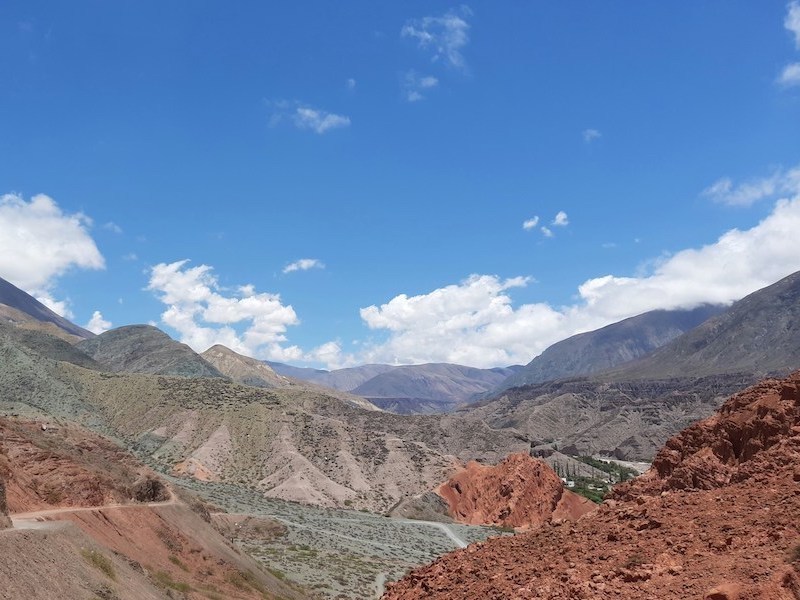Things to do in Northern Argentina
Northern Argentina has a wide variety of places to explore, from colonial towns and Andean villages to lush rainforest and open highland plains. In the northwest, visitors can look for llamas and wander ancient pre-Columbian ruins in the Andes. In the northeast, they can visit Iguazú National Park, where the rainforest is home to toucans, anteaters, and the spectacular Iguazú Falls.
The city of Salta is known for its beautiful colonial architecture and, nearby, adventurers can visit a variety of unforgettable sites. These include the Salinas Grandes salt flats, the colourful canyon of Quebrada de Humahuaca, and the dramatic rock formations of the Quebrada de las Conchas on the way to Cafayate.
Cafayate itself is not only surrounded by striking landscapes, but also known for its excellent wines, particularly the aromatic Torrontés variety. Travellers can enjoy wine tastings at local vineyards and learn about the region's cultural traditions in the surrounding Andean villages. Northern Argentina is also ideal for outdoor activities such as hiking, horseback riding and white-water rafting, especially in the mountains and valleys around Salta and Jujuy.

Train to the Clouds
The Tren a las Nubes, or 'Train to the Clouds', is one of the world's most spectacular rail experiences, carrying passengers to heights of over 13,800 feet (4,200m) above sea level…
Train to the Clouds
The Tren a las Nubes, or 'Train to the Clouds', is one of the world's most spectacular rail experiences, carrying passengers to heights of over 13,800 feet (4,200m) above sea level. Departing from the city of Salta, the journey winds through the stunning landscapes of Argentina's Andes Mountains, passing rugged valleys, soaring viaducts and remote highland communities. Along the route, travellers can immerse themselves in local culture, browse artisanal markets and take in breath-taking views at every turn. A unique blend of natural beauty and cultural discovery, the Tren a las Nubes is an unmissable highlight of Northern Argentina.

Iguazu National Park
Iguazú National Park is a vast subtropical rainforest in northeastern Argentina, home to thousands of species of plants, animals and birds such as colourful parrots and hummingbir…
Iguazu National Park
Iguazú National Park is a vast subtropical rainforest in northeastern Argentina, home to thousands of species of plants, animals and birds such as colourful parrots and hummingbirds. Recognised as a UNESCO World Heritage Site for both its natural beauty and ecological importance, the park is best known for Iguazú Falls, a spectacular series of 275 waterfalls along the Iguazú River. The most famous of these, Devil's Throat, drops nearly 230 feet (70m) at the border with Brazil, almost twice the height of Niagara Falls. Visitors can enjoy breathtaking views from walkways and platforms, or take a boat ride that gets close to the falls. The Ecological Jungle Train links several trails, including the Upper and Lower Circuits and the Macuco Trail. In the surrounding region, travellers can also visit Guarani communities and the ruins of San Ignacio Miní, a historic Jesuit mission.
Website www.iguazuargentina.com

Cerro de los Siete Colores
The Cerro de los Siete Colores, or 'Hill of Seven Colours', is a striking natural wonder that rises above the picturesque village of Purmamarca in Argentina's Quebrada de Humahuaca…
Cerro de los Siete Colores
The Cerro de los Siete Colores, or 'Hill of Seven Colours', is a striking natural wonder that rises above the picturesque village of Purmamarca in Argentina's Quebrada de Humahuaca. Its vivid layers of red, pink, green, yellow, and violet, formed over millions of years by shifting sediments and mineral deposits, create a surreal and unforgettable landscape. The hill holds deep significance for the local Kolla and Omaguaca communities, whose traditions, crafts, and festivals, such as the annual Pachamama celebrations, are closely tied to the land. Whether admired from the colonial-era streets below or explored on foot, Cerro de los Siete Colores offers a rich blend of natural beauty and living heritage.



